Table of Contents
The Cu Chi Tunnel Ben Duoc, Vietnam, are a significant part of the country’s history and have played a crucial role in the Vietnam War. This intricate network of underground tunnels stretching for over 200 kilometers was constructed and utilized by the Viet Cong during the war. The tunnels served as a vital strategic location, providing shelter, communication, and transportation routes for the guerrilla fighters. In this article, we will delve into the history, location, significance, and impact of the Cu Chi Tunnel Ben Duoc.
Location and Layout of Cu Chi Tunnel in Ben Duoc
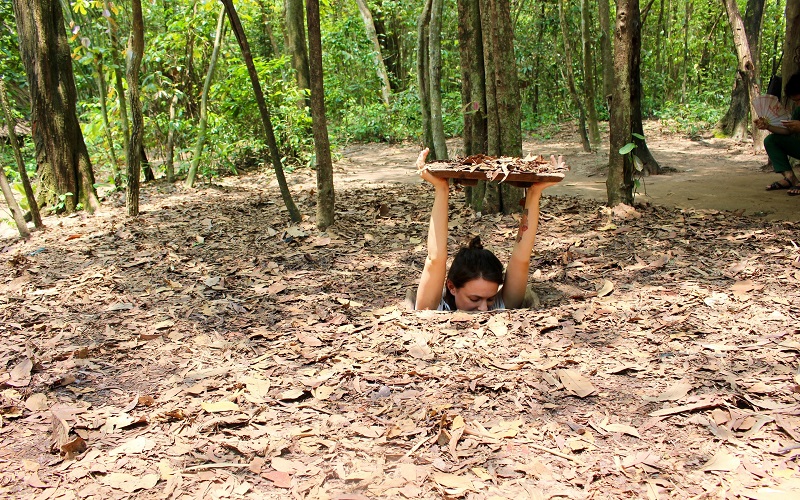
The Cu Chi Tunnels are located in the Cu Chi District, northwest of Ho Chi Minh City, Vietnam. The district is situated near the Cambodian border and was a significant battleground during the Vietnam War. The tunnels consist of three levels, with the deepest level reaching a depth of approximately 12 meters. The complex network of tunnels includes living quarters, kitchens, hospitals, meeting rooms, weapon storage areas, and even a school.
The tunnels were strategically situated near the Saigon River, offering easy access to water and the ability to transport supplies and personnel. The river also served as a source of food for the soldiers, who would catch fish and other aquatic animals to supplement their diet. The layout of the tunnels was carefully planned to ensure maximum efficiency and protection for the Viet Cong soldiers.
Map of Cu Chi Tunnel in Ben Duoc
To better understand the layout and location of the Cu Chi Tunnels in Ben Duoc, here is a map showcasing the various entrances and exits of the tunnels, as well as the different levels and sections.
| Level | Section | Entrances/Exits |
|---|---|---|
| 1st level | Living quarters | Hidden trapdoors in the ground |
| 2nd level | Meeting rooms and hospitals | Camouflaged entrances in the forest |
| 3rd level | Weapon storage areas and escape routes | Secret exits near the river |
Purpose and Significance of Cu Chi Tunnel in Ben Duoc
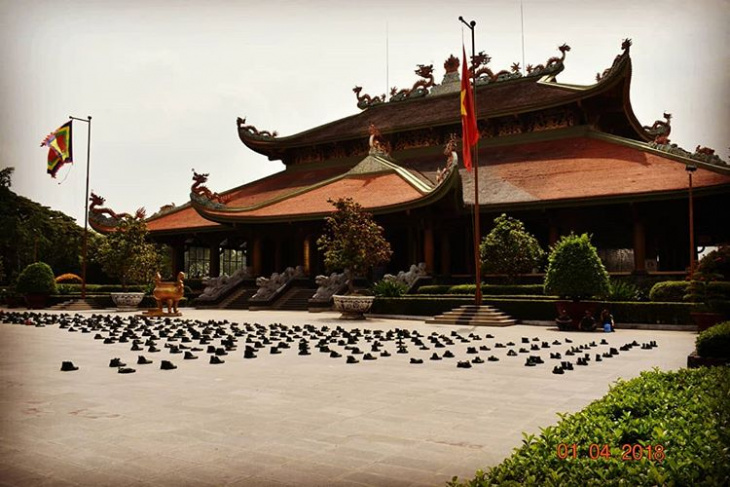
The Cu Chi Tunnel Ben Duoc served several vital purposes during the Vietnam War. They provided shelter and protection for the Viet Cong soldiers from enemy attacks and harsh weather conditions. The tunnels were also used as a hiding place for weapons and supplies, making it difficult for the American troops to locate and destroy them.
The underground network facilitated communication and allowed the Viet Cong to swiftly move personnel and supplies throughout the war zone. The tunnels also served as a base for launching surprise attacks on the American troops, who were not familiar with the intricate tunnel system. This gave the Viet Cong an advantage in the war and helped them to sustain their fight against the American forces.
Strategic Location of Cu Chi Tunnel in Ben Duoc
The location of the Cu Chi Tunnels was strategically chosen by the Viet Cong for various reasons. Firstly, the tunnels were situated near the Saigon River, which provided easy access to water and food. Secondly, the district was close to the Cambodian border, allowing the Viet Cong to receive supplies and reinforcements from their allies. Lastly, the dense forest cover in the area provided excellent camouflage for the tunnels, making it difficult for the American troops to detect them.
Construction and Design of Cu Chi Tunnel in Ben Duoc

The construction of the Cu Chi Tunnel Ben Duoc began in the late 1940s during the French Indochina War. However, it was during the Vietnam War that the tunnels were expanded and utilized extensively by the Viet Cong. The tunnels were dug by hand using simple tools such as shovels, hoes, and pickaxes. The soil excavated from the tunnels was used to create bunkers and fortifications above ground.
The design of the tunnels was also carefully planned to ensure maximum efficiency and protection. The tunnels were narrow, with an average width of 0.8 meters and a height of 1.2 meters. This made it difficult for the American soldiers, who were generally taller and bigger than the Vietnamese, to navigate through them. The tunnels were also designed in a zigzag pattern to confuse and slow down any enemy soldiers who managed to enter them.
Ventilation and Air Supply in Cu Chi Tunnel
One of the major challenges faced by the Viet Cong soldiers living in the tunnels was the lack of proper ventilation and air supply. To overcome this, they constructed multiple ventilation shafts throughout the tunnel system. These shafts were camouflaged and had filters at the top to prevent the detection of smoke or steam from cooking or heating.
The Viet Cong also used bamboo pipes to bring fresh air into the tunnels from above ground. These pipes were strategically placed near the entrances and exits of the tunnels, allowing fresh air to circulate within the tunnels. However, during heavy bombing or chemical attacks, the air supply would be cut off, making it difficult for the soldiers to survive.
Life in the Cu Chi Tunnel during the Vietnam War
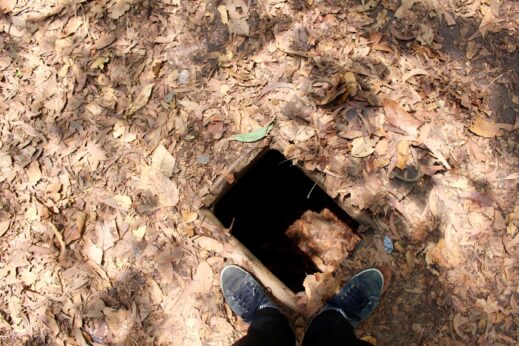
Life in the Cu Chi Tunnel Ben Duoc was harsh and challenging for the Viet Cong soldiers. They had to endure cramped and dark living conditions, with little access to natural light and fresh air. The soldiers had to sleep on hard surfaces, and there was no proper sanitation or waste disposal system in place. The constant threat of being discovered or attacked by the American troops also added to the stress and fear experienced by the soldiers.
Despite these challenges, the Viet Cong soldiers adapted to the underground lifestyle and made the best use of the limited resources available to them. They set up kitchens to cook meals using firewood or charcoal, and some even managed to grow vegetables and raise livestock in small areas near the tunnels. The soldiers also had to be constantly on guard and ready to defend the tunnels at any moment.
Daily Routine in Cu Chi Tunnel
The daily routine of the Viet Cong soldiers living in the Cu Chi Tunnel Ben Duoc was structured around their duties and responsibilities. The soldiers were divided into different units, with each unit having specific tasks to perform. Some were responsible for cooking and preparing meals, while others were in charge of maintaining the tunnels and repairing any damages caused by bombing or flooding.
The soldiers also had to attend regular training sessions to improve their combat skills and learn new tactics and strategies. In addition, they had to be on standby for any surprise attacks or infiltration missions. Despite the constant threat of danger, the soldiers still found time to relax and bond with their comrades, playing games or telling stories to pass the time.
Tactics and Strategies Used in the Cu Chi Tunnel in Ben Duoc
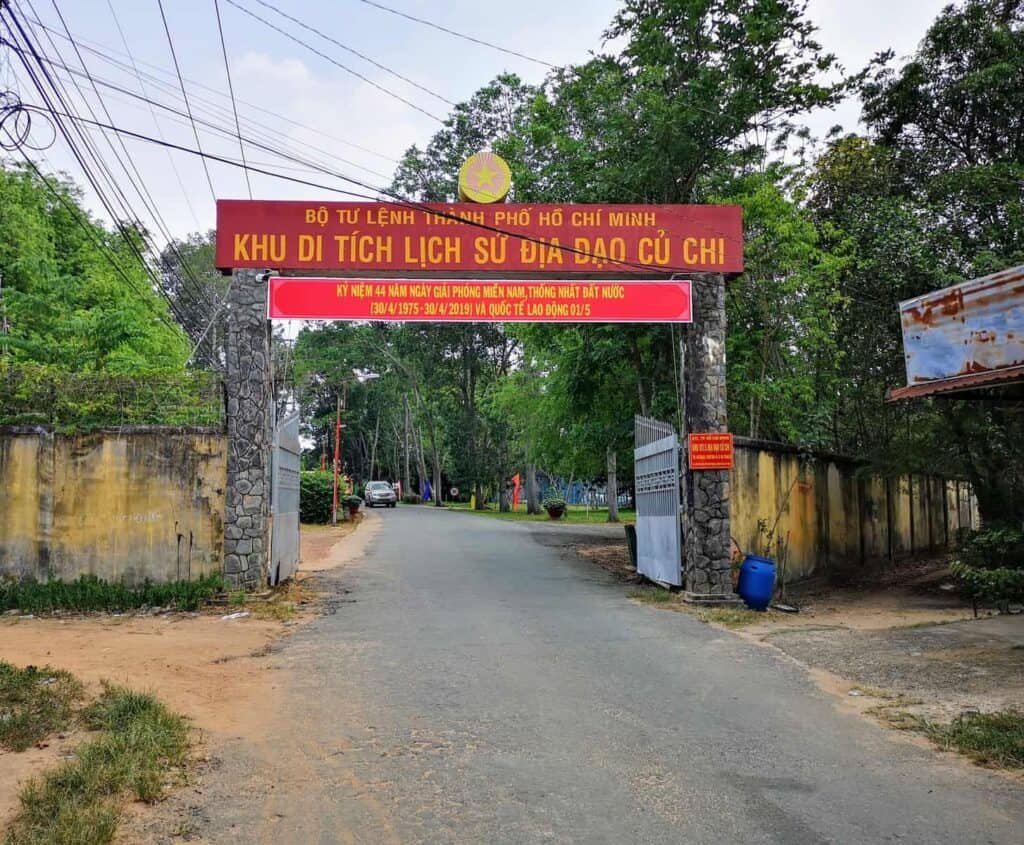
The Cu Chi Tunnel Ben Duoc were not only used as a hiding place and shelter for the Viet Cong soldiers but also served as a strategic location for launching surprise attacks on the American troops. The soldiers used various tactics and strategies to confuse and defeat their enemies, making it difficult for them to navigate through the tunnel system.
One of the most effective tactics used by the Viet Cong was the creation of booby traps. These traps were designed to injure or kill any enemy soldiers who entered the tunnels without prior knowledge of their existence. Some of the common booby traps used included spike pits, punji sticks, and tripwires attached to explosives.
Use of Secret Entrances and Exits
The Viet Cong also used secret entrances and exits to move in and out of the tunnels undetected. These entrances were camouflaged and well-hidden, making it difficult for the American troops to locate them. The soldiers also used fake exits to deceive the enemy, leading them to dead ends or traps.
Another tactic used by the Viet Cong was the creation of false tunnels. These tunnels were designed to lead the enemy away from the main tunnel system and into a trap or ambush. The soldiers also used fake walls and doors to confuse and mislead the American troops, making it difficult for them to determine the actual location of the tunnels.
Impact of Cu Chi Tunnel on the Outcome of the Vietnam War
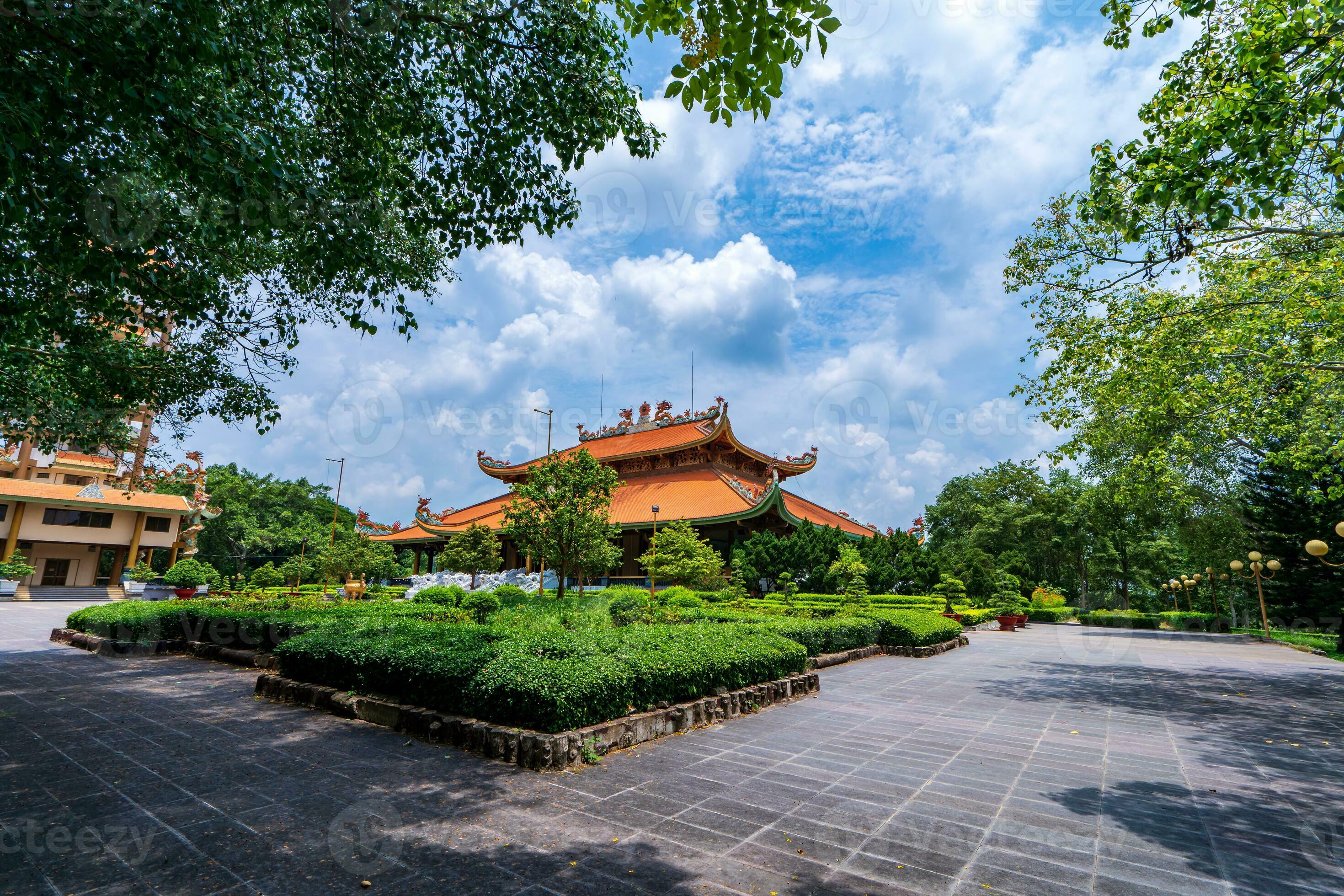
The Cu Chi Tunnel Ben Duoc played a significant role in the outcome of the Vietnam War. The Viet Cong’s ability to sustain their fight against the American forces was largely due to the strategic location and design of the tunnels. The tunnels provided a safe haven for the soldiers, allowing them to regroup, plan attacks, and receive supplies and reinforcements from their allies.
The tunnels also served as a psychological weapon against the American troops. The constant threat of being ambushed or attacked by the Viet Cong from an unknown location added to the stress and fear experienced by the soldiers. This, in turn, affected their morale and combat effectiveness, giving the Viet Cong an advantage in the war.
Use of Cu Chi Tunnel in Propaganda
The Cu Chi Tunnels were also used as a propaganda tool by the North Vietnamese government. The tunnels were portrayed as a symbol of the resilience and determination of the Vietnamese people in their fight against the American invaders. The tunnels became a popular tourist attraction after the war, with visitors from all over the world coming to see the site and learn about its history.
Tourism and Preservation of Cu Chi Tunnel in Ben Duoc
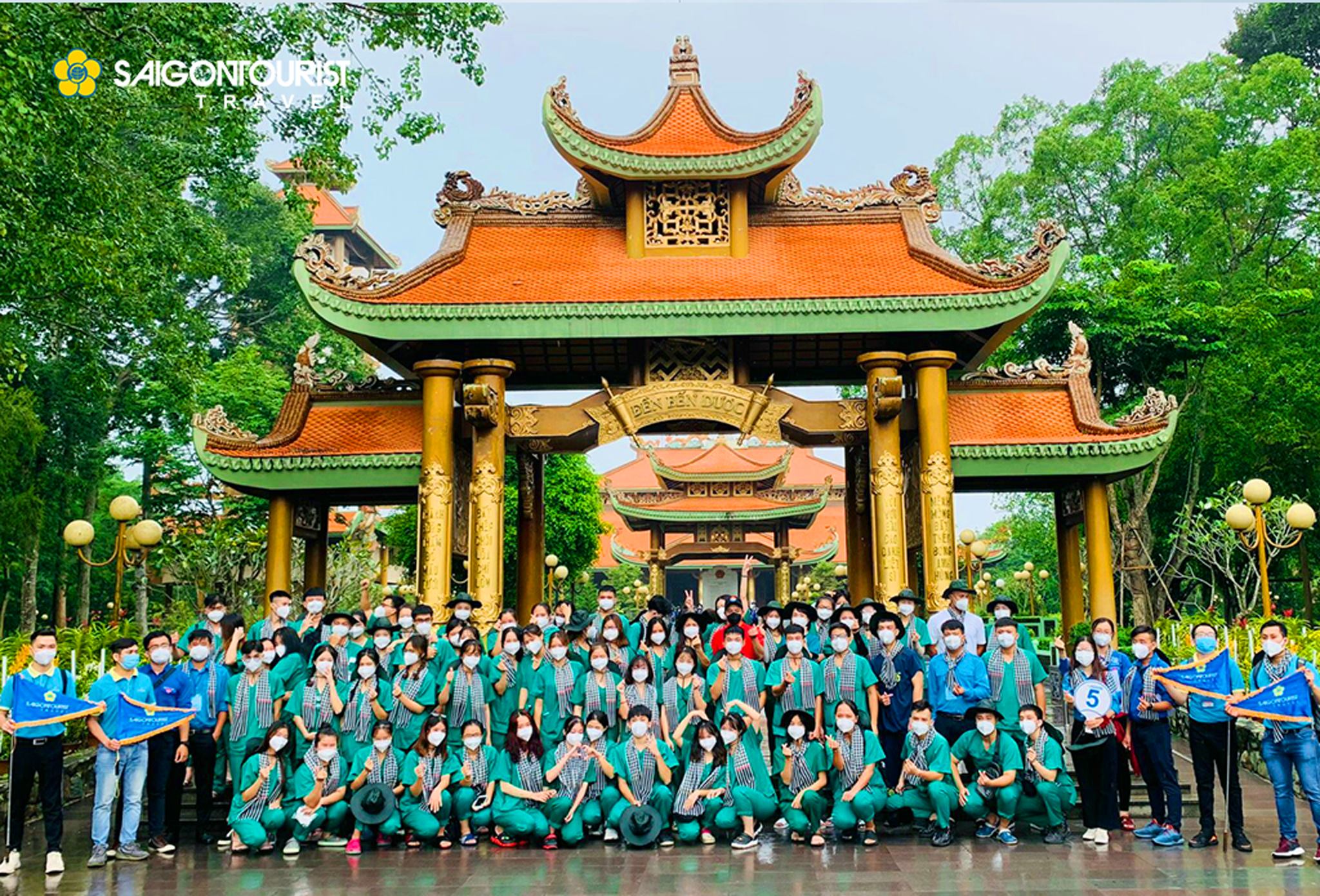
After the Vietnam War ended, the Cu Chi Tunnel Ben Duoc were preserved and turned into a historical site and tourist attraction. Today, visitors can explore a small section of the tunnels and experience what life was like for the Viet Cong soldiers during the war. The tunnels have been widened and reinforced for safety, but they still provide a glimpse into the harsh conditions endured by the soldiers.
The preservation of the Cu Chi Tunnels has also helped to educate people about the Vietnam War and its impact on the country. The site serves as a reminder of the atrocities of war and the resilience of the Vietnamese people in the face of adversity.
Preservation Efforts
Preserving the Cu Chi Tunnels is an ongoing effort, with constant maintenance and repairs needed to ensure the safety of visitors. The tunnels are susceptible to flooding during the rainy season, and the wooden structures used for reinforcement need to be replaced regularly. In addition, measures have been taken to protect the tunnels from erosion and damage caused by natural elements.
Facts and Figures about Cu Chi Tunnel in Ben Duoc
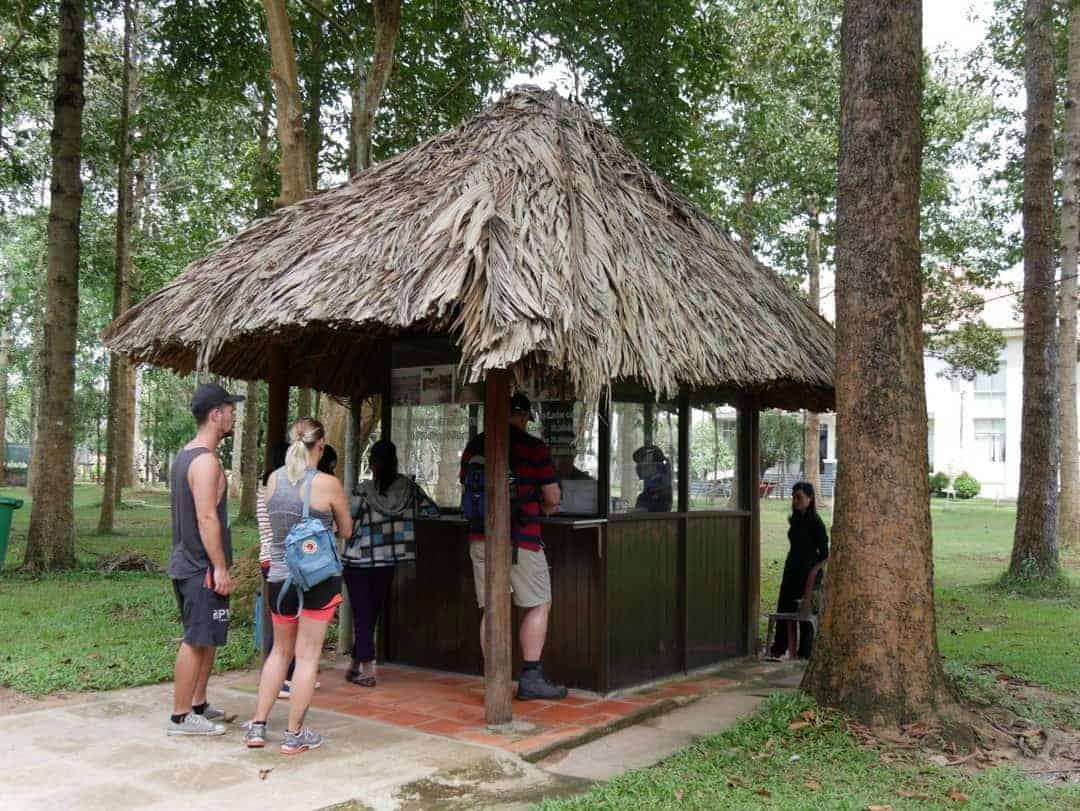
To better understand the significance and impact of the Cu Chi Tunnel Ben Duoc, here are some interesting facts and figures about the site:
- The total length of the Cu Chi Tunnels is estimated to be over 200 kilometers.
- It is believed that over 16,000 Viet Cong soldiers lived and fought in the tunnels during the Vietnam War.
- The tunnels were first discovered by American soldiers in 1966 but were not fully explored until 1969.
- The tunnels were declared a National Historical Site by the Vietnamese government in 1979.
- The Cu Chi Tunnels are one of the most popular tourist attractions in Vietnam, with over 1 million visitors annually.
Legacy of Cu Chi Tunnel in Ben Duoc

The Cu Chi Tunnel Ben Duoc in Ben Duoc have left a lasting legacy on the history of Vietnam and the world. The tunnels serve as a reminder of the bravery and determination of the Vietnamese people in their fight for independence and freedom. They also highlight the devastating effects of war and the resilience of the human spirit in the face of adversity.
The Cu Chi Tunnels have become a symbol of the Vietnam War and are often referenced in literature, movies, and documentaries. They have also inspired other countries to create similar underground tunnel systems for military purposes.
Conclusion
The Cu Chi Tunnel Ben Duoc in Ben Duoc are a significant part of Vietnam’s history and have played a crucial role in the outcome of the Vietnam War. The tunnels served as a strategic location for the Viet Cong soldiers, providing shelter, protection, and a base for launching surprise attacks on the American troops. Today, the tunnels serve as a reminder of the atrocities of war and the resilience of the Vietnamese people. It is a must-visit site for anyone interested in learning about the Vietnam War and its impact on the country.